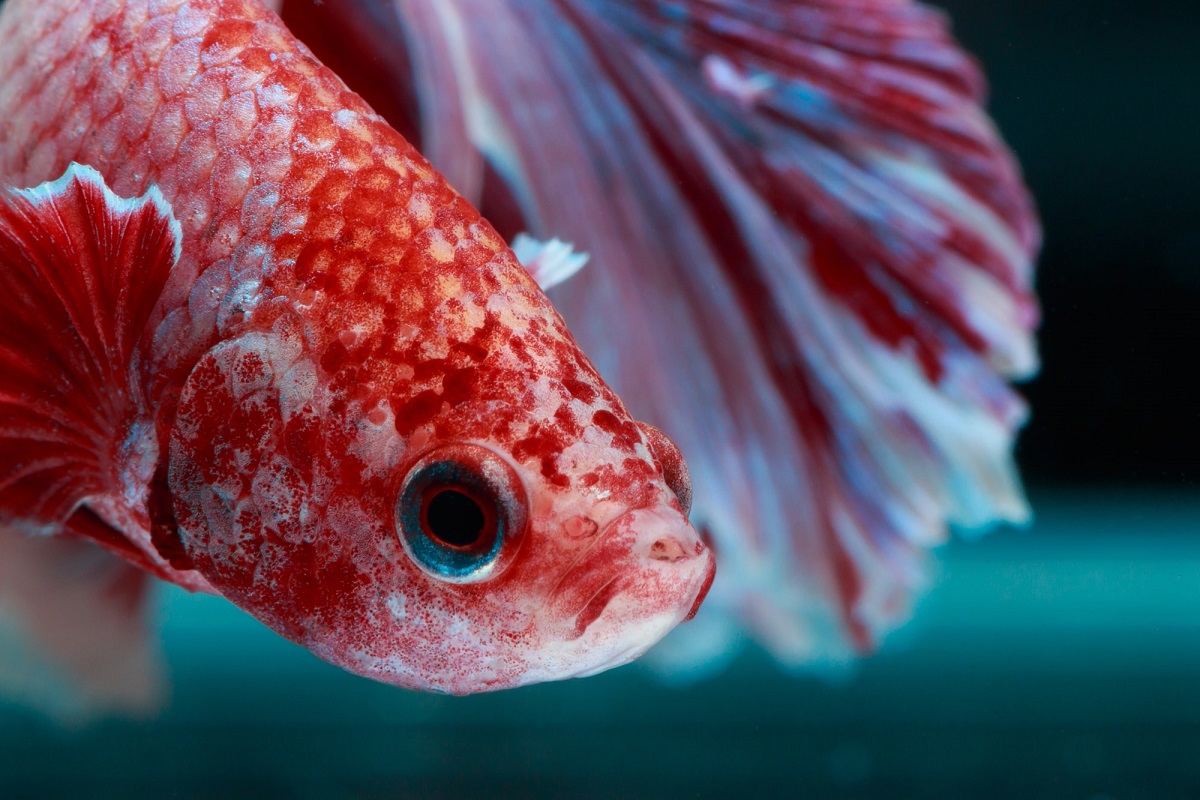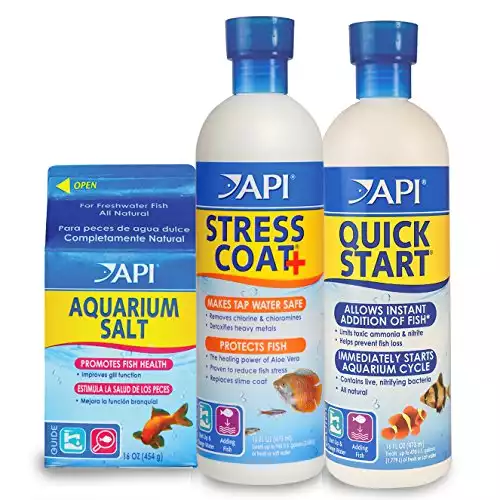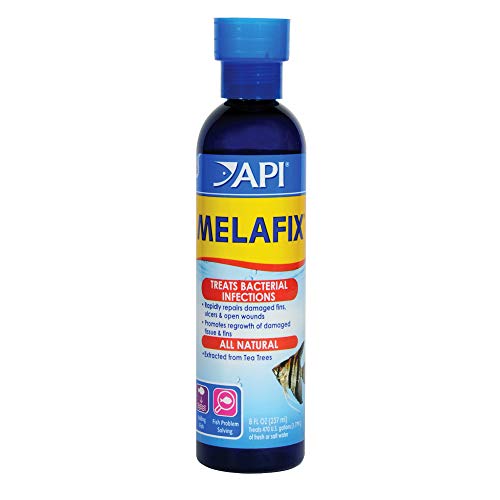Popeye, a condition characterized by the swelling of a fish’s eye, impacts various species, including betta fish. It can stem from infections or injuries, and if not addressed, it might lead to serious health complications or even be life-threatening.
Fortunately, managing and warding off Popeye is achievable with the right approaches. Continue reading to explore the comprehensive guide on treating and preventing Popeye, ensuring your betta fish thrive in optimal health.
Understanding Popeye is key to maintaining a healthy aquarium environment for your betta fish. This guide will not only walk you through the symptoms and causes of Popeye but also provide you with effective treatment options and preventive measures.
Let’s dive deeper into how you can keep your bettas bright-eyed and bushy-tailed! But first, check out my top recommended products for fish health and disease recovery:
|
Best For Treating Aquarium water
|
Best For Treating Fungal infections on Fish
|
Best For Treating Bacterial infections
|
Contents
What Is a Popeye?
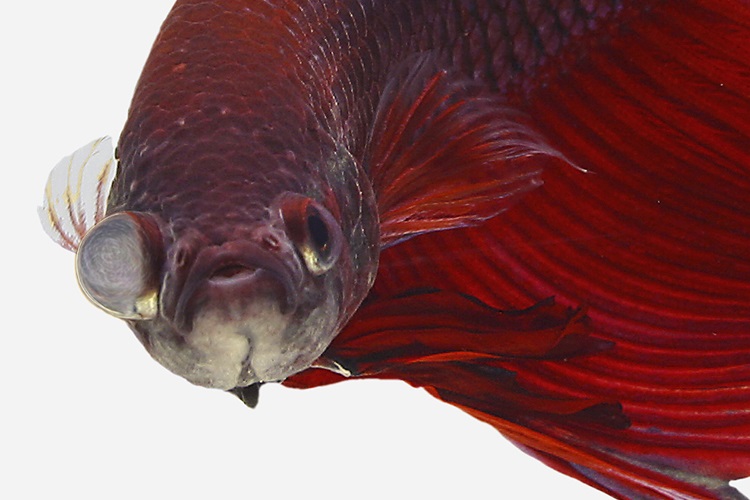
Popeye is a health condition that affects fish, including the betta fish. The disease causes eyes to become swollen or bulge. Also known as exophthalmia, it occurs from a build-up of pressure behind the eye. While it’s treatable, it’s far easier to prevent Popeye.
The affected eye may have white splotches or a ring circling the area. Other symptoms can include red or irritating eyes. Popeye tends to occur due to having another bacterial disease. Popeye may cause blindness, eye rupture, and even death without treatment. However, with proper care, betta fish usually survive.
If Popeye is due to eye trauma, the eye may rot, leaving your betta with one eye. While Popeye isn’t contagious, bacterial infections can affect other fish in the tank. Overall, separation helps.
Causes of Popeye
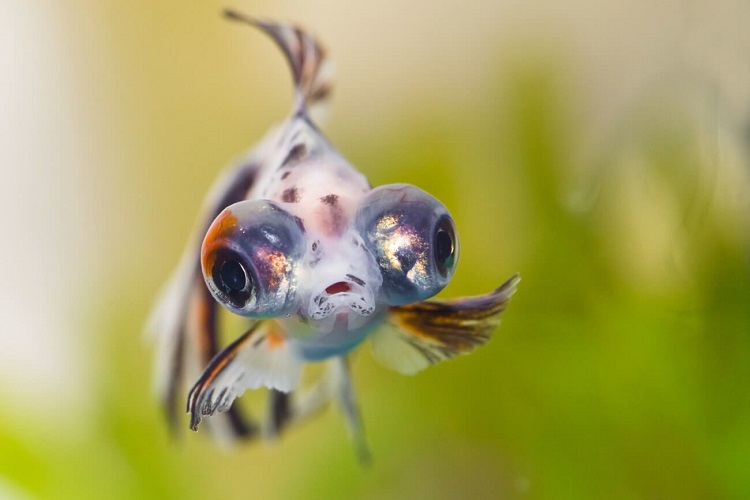
There are many causes of Popeye, and it depends on the symptoms. For instance, if only one eye is bulging, then it’s called a unilateral Popeye. Unilateral is due to injury or trauma. In this case, looking for sharp surfaces or objects in your betta’s fish tank is a good idea.
Bilateral Popeye affects both eyes, typically due to infection accompanied by other symptoms.
Other common symptoms of Popeye include the following:
- Cloudy eyes, damaged cornea
- Change in eye color
- Lack of appetite
- Lack of interaction with others
- Inactivity, resting on the tank floor
- Swimming in the same area
If your fish experiences signs and symptoms, the first thing to do is check the temperature. Sometimes, adjusting the aquarium’s environment helps.
Injury
Injuries are common among the betta fish; even rocks and objects in the tank can cause issues. Removing anything that can cause damage is good if you suspect an injury. Then, replace it with softer decor instead of pointy and plastic ones.
Also, if you have more than one fish in your tank, it’s a possibility that other fish may be to blame. Frequently, fish fight and injure one another. Since fish are territorial, they are also fighters. Therefore, if you suspect injuries from other fish, separate them into different tanks.
Infection
Aside from injury, Popeye is also due to infections. Parasites, fungus, or bacteria can all cause infections in betta fish. Popeye can occur in either a single eye or both. If you have a tank filled with other fish with Popeye symptoms, it’s usually the result of infection. Most Popeye’s are from bacterial infections, so seeking treatment right away is crucial.
Also, check for other symptoms like lethargy, and see if they’re eating their food. Popeye can also be a symptom of severe disease, like fatal tuberculosis. Lastly, it’s important to note if a fish has bloating symptoms, as they may suffer internally. If internal issues arise, the illness isn’t treatable.
I recommend this product when treating your aquarium water. It’s the fastest, easiest and best way to provide a safe environment for your fish:
How To Treat Popeye
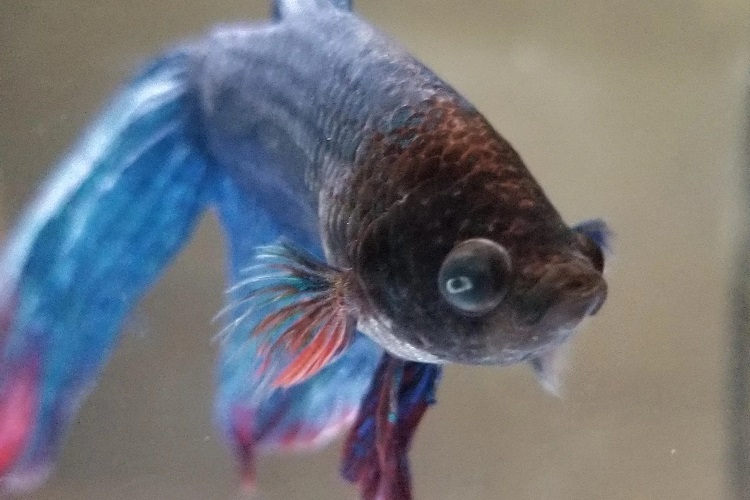
While it’s possible to treat and cure Popeye, the course of treatment depends on whether it’s an injury or infection. For protection, it’s best to move each fish to a separate aquarium to heal.
For infection, the fish need to receive medicine. Medicines include antibiotics or antifungals, depending on the type of infection. The antibacterial medication, Melafix, is excellent for curing Popeye in betta fish.
To treat your betta fish with Melafix, be sure to adhere to the following steps:
- Grab a separate tank for quarantining
- Change 50 percent of water, main tank
- Treat with aquarium salt and Melafix
- Change 100 percent of water
- Continue water change every three days
- Re-treat tank with salt, Melafix
- Stop after ten days
After the course of treatment, after ten days, the betta fish should make a full recovery. However, it can take weeks to a few months before the eye heals completely.
Kanaplex also cures Popeye, as the medicine contains both Kanamycin and Erythromycin.

Additionally, Epsom salt can reduce infection, swelling, and inflammation. For Epsom salt treatment, be sure to follow these steps:
- Remove 10 percent of tank water
- Place in a new container
- Transport the betta into the container
- Add one tablespoon of salt
- Mix until Epsom salt dissolves
You’ll leave your betta fish in the container for ten minutes.
Then, you’ll place your betta back in the tank after a couple of minutes, so the water temperature is ideal. Bettas need a tropical climate, so temperatures between 75 to 80 degrees are ideal.
It’s essential to read the Epsom salt directions and determine how much you need for your tank. Then, add one tablespoon of salt per gallon.
You can also treat infections with aquarium salt for the same results. Again, you’ll use one tablespoon of salt for each gallon of water in the tank. However, aquarium salt is potent compared to Epsom salt. Similarly, five to eight minutes long is more than enough time for results.
According to the International Betta Congress, aquarium salt boosts immunity. Salt also provides quicker recovery time from injuries.
Aquarium salt can improve the following:
- Prevents deadly nitrates
- Reduces stress
- Protects a slimy coat
- Reduces parasites, pathogens
- Helps kidney function
- Promotes electrolytes in water
Unlike antibiotics, salt doesn’t gain resistance to parasites and bacteria. However, plants may die with larger amounts of concentrated salt. To ensure safety, use the recommended salt levels depending on aquarium size.
Overall, when done correctly, salt is a very effective treatment against Popeye and comes with advantages. Reading instructions and accurate measuring will ensure proper health and safety for your betta.
I highly recommend this product for rapidly and efficiently treating fungal infections on your fish:
- Contains one (1) API PIMAFIX Antifungal Freshwater and Saltwater Fish Remedy 16-Ounce Bottle
- Rapidly and safely treats fungal infections on body and fins of fish
- Contains all-natural extract from West Indian Bay Trees to help with fungus and cottony growth
Can You Prevent Popeye?
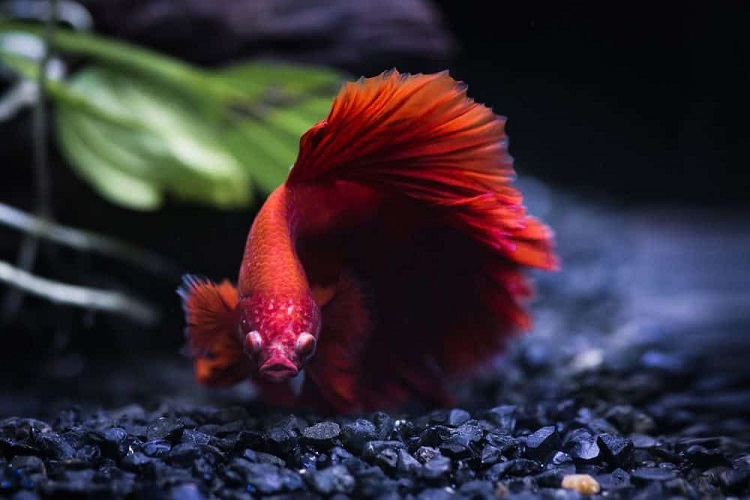
While the Popeye treatment options vary, prevention is the first step. Popeye infections arise due to the following:
- Ammonia
- Aquarium surroundings
- Contaminated water
Maintaining fresh water is critical to minimizing risk. Therefore, it’s important not to overfeed the fish in your tank. Instead, you can perform frequent water changes and install a filtration system for the best tank quality. Monthly checking on your filtration system is a great way to maintain a routine schedule.
The tank cannot flow adequately without excellent water filtration, causing bacteria to grow. Remember to look at directions as brands differ. Generally, filters need replacing every few months.
Betta fish live in a very low to non-existent current in their natural habitat in the wild. So, although a filtration system helps the water safety of your betta fish, the flow may be too powerful.
Performing weekly checks is a great idea to keep an eye on water quality and changes. Vacuuming the gravel and removing waste will help protect water against pollution. If your water tank is on the smaller side, you’ll want to check and clean it often compared to a bigger aquarium.
Keeping tanks minimal without overcrowding is also helpful to their health. It’s best to quarantine all new fish beforehand for at least two weeks. When placing the newer fish with the others, keeping an eye on aquarium size is essential. Then, you’ll know if there’s adequate room.
Betta fish are gentle, as long as you keep them away from aggressive fish mates. You’ll want to keep them isolated to avoid injury if aggression occurs. Using a fish net is advisable as injury can happen when removing a betta fish from a tank. Remember to take it slow while carefully lifting and transporting the fish.
Also, if your fish is showing symptoms of Popeye, it’s a good idea to remove them from the tank as soon as possible. Then, place a separate tank to quarantine. From there, treat as needed.
Notably, stress also affects your betta fish’s overall health and immunity. Lights and loud noises may scare your betta as they’re pretty sensitive, so try not to startle your fish. Turning on the lights in the room before turning on the light in the tank is helpful. When a betta becomes frightened, it can quickly run into decorations and cause injury.
Enhancing your tank lighting is also possible. For example, some tanks offer timers with unique lighting such as moonlight and sunrise.
I recommend this product for treating bacterial infections in your fish and reduce the risk of spreading illness to other fish
- Contains one (1) API MELAFIX Freshwater Fish Bacterial Infection Remedy 8-Ounce Bottle
- Heals bacterial infections and repairs damaged fins, ulcers and open wounds
- Contains natural, botanical tea tree extract to quickly and rapidly help fish
Conclusion
Popeye is a harmful condition that causes many issues for your betta fish. While the disease is mostly from bacterial or fungal infections, it can also be due to physical injury. Therefore, safety is first, and taking proper precautions to avoid Popeye is critical.
If your betta fish becomes ill, there are ways to treat it before the condition worsens. Thankfully, it’s usually not fatal, and early detection helps. Moreover, knowing what warning signs to look for and how to prevent and treat Popeye effectively will give you peace of mind and ensure your betta fish stay healthy and happy.
FAQ: Navigating Through Popeye in Betta Fish
1. What are the first signs of Popeye in betta fish?
The earliest signs of Popeye in betta fish include noticeable swelling or bulging of one or both eyes, sometimes accompanied by cloudiness or discoloration.
You might also observe changes in behavior, such as reduced appetite, less interaction, or a tendency for the fish to rest at the bottom of the tank or stay in one area. Recognizing these symptoms early is crucial for prompt and effective treatment.
2. Can Popeye in betta fish be cured without medication? While mild cases of Popeye, especially those caused by injury, can sometimes resolve on their own with improved water quality and reduced stress, most cases require treatment.
Infections typically need targeted medication like antibiotics or antifungals. However, natural remedies like aquarium salt or Epsom salt baths can help reduce swelling and support recovery, especially in conjunction with professional medical treatment.
3. How can I prevent Popeye from recurring in my betta fish? Preventing Popeye involves maintaining pristine tank conditions, including regular water changes, appropriate filtration, and avoiding overcrowding.
Also, ensure your betta’s environment is free from sharp objects that could cause injury. Quarantining new tank mates before introduction and minimizing stress for your betta fish by providing a stable, peaceful environment are also key strategies.
Monitoring water quality closely for ammonia, nitrites, and nitrates can help keep your betta healthy and reduce the risk of Popeye and other diseases.

Ian Sterling, founder of Fishlab.com, began his aquarium journey over 30 years ago, driven by a deep fascination for fish and their diverse personalities. His website, Fishlab.com, is dedicated to making fishkeeping accessible and enjoyable, offering beginner-friendly guidance, expert insights, and a community for aquarists to connect and share experiences.


